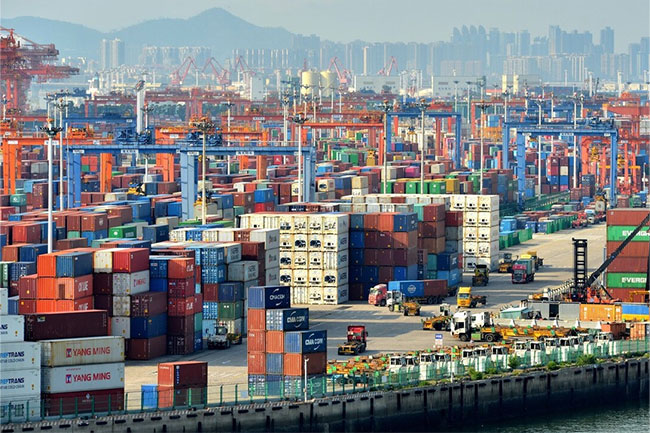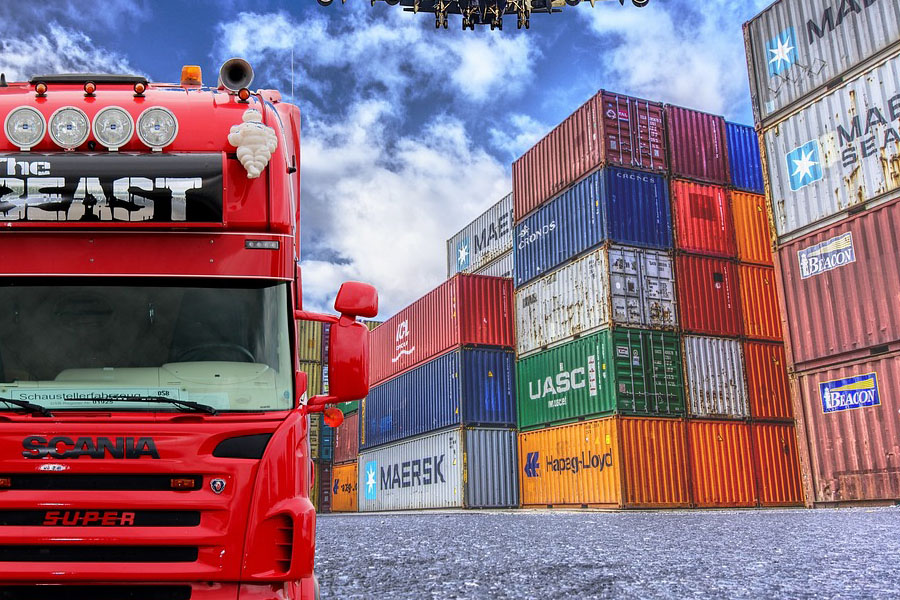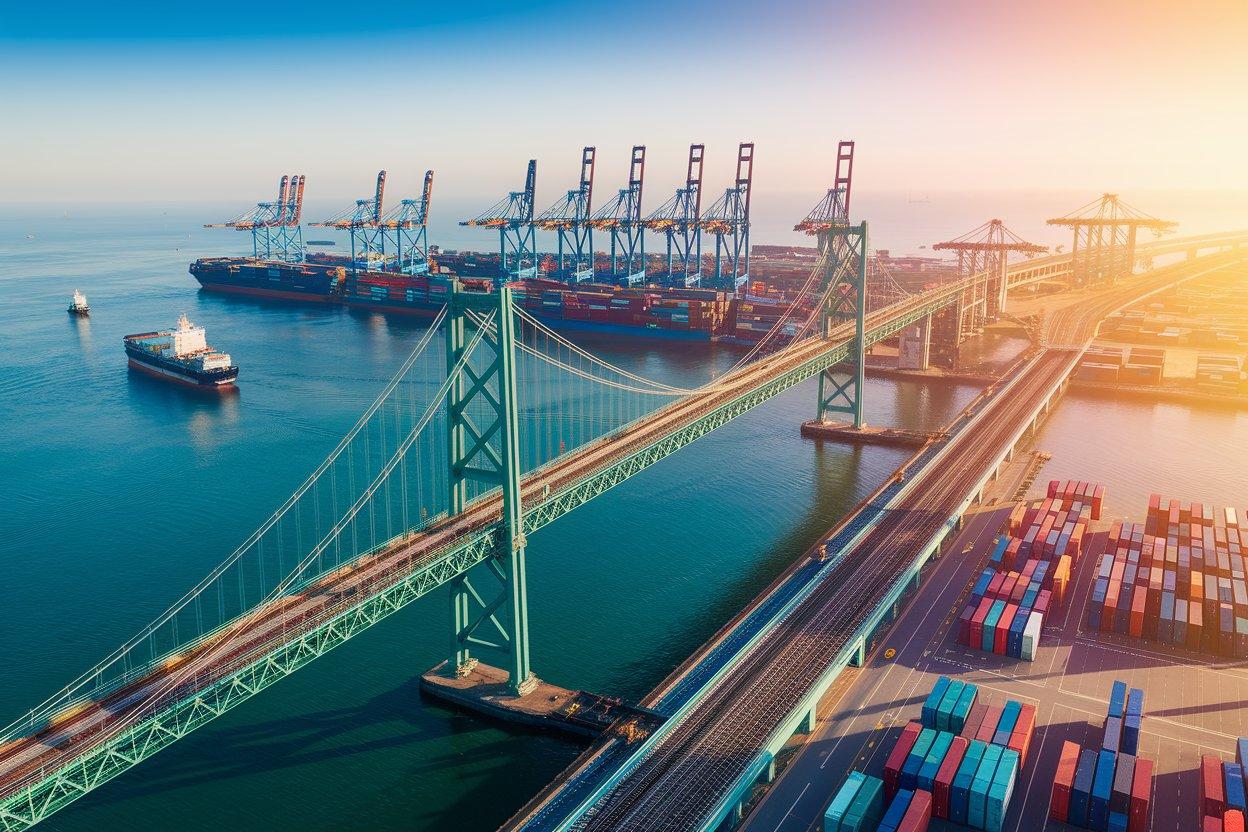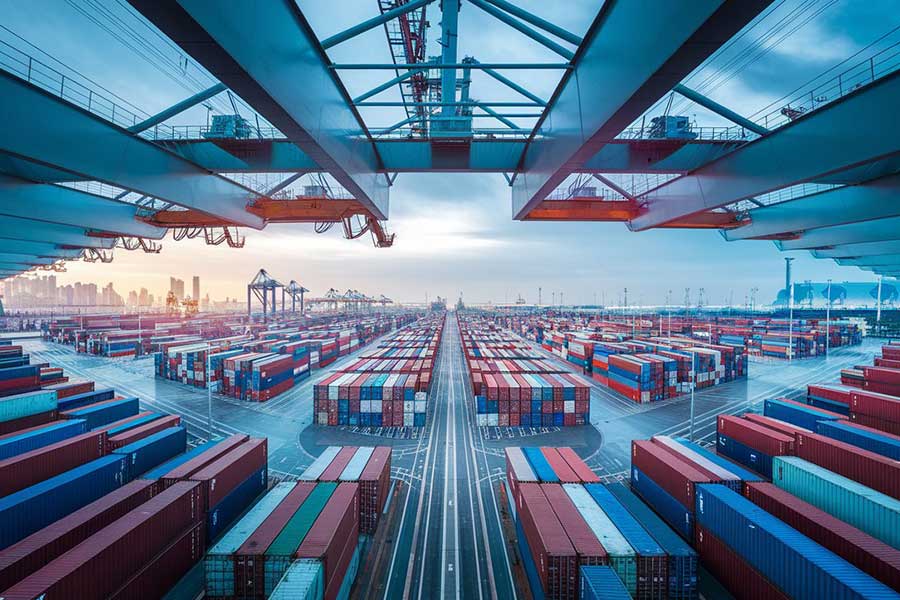- Shanghai Zhongshen International Trade Co., Ltd. - Two decades of trade agency expertise.
- Service Hotline: 139 1787 2118
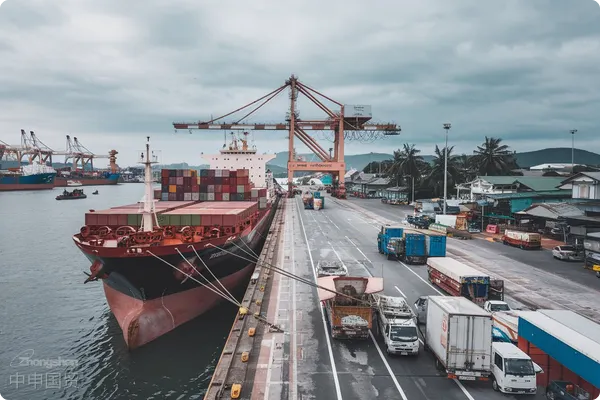
1. What exactly is export factoring?
Export factoring is a financial service in international trade whereFinancing, credit guarantee, and account managementa comprehensive financial service that integrates multiple functions. When exporters engage in transactions on an open account (O/A) basis, the factoring company advances up to 90% of the invoice amount and assumes the buyer's credit risk. Data from 2025 shows that the global factoring business volume has exceeded 4.8 trillion euros, with cross-border factoring accounting for 37% of the total.
II. What are the fundamental differences from traditional factoring?
The three core differences between export factoring and traditional domestic factoring:
- The scope of risk assumption varies.: Covering political risks and exchange rate risks in cross-border transactions
- The service chain is longer.: Involving a two-factor mechanism (export factor + import factor)
- The application of law is more complex.: It is necessary to comply with both the International Factoring Convention and the laws and regulations of the trading country.
3. Which types of enterprises are most suitable for using this service?
According to the 2025 White Paper by the International Factors Group (FCI), the following enterprises benefit the most:
- Medium-sized manufacturers with annual export volumes ranging from $1 million to $50 million.
- Typical Case: A Zhejiang-based auto parts company reduced its payment collection cycle from 90 days to 15 days through factoring.
- Exploring new markets.Cross-border E-commerceEnterprise
- Exporters facing buyers' requests for extended payment terms
4. How should the fee structure be calculated to be reasonable?
The fees charged by a formal factoring company should include:
- Financing interest: LIBOR + 3% - 5% (March 2025 benchmark rate)
- Service fees: The invoice amount is 0.5%-2%
- Credit Guarantee Fee: 0.3%-1%
Be wary of irregular institutions that demand high upfront deposits; compliant factoring companies typically only charge fees after successful disbursement.
V. How to Evaluate the Reliability of a Factoring Company?
It is recommended to screen from five dimensions:
- Whether to join international industry organizations such as FCI
- Localization service capabilities in the target market
- Financial strength (registered capital not less than RMB 50 million)
- Digital risk control system maturity
- Historical Bad Debt Disposal Cases (data from the past three years required)
6. What are the common misconceptions in the operational process?
According to a 2025 survey by the General Administration of Customs, common corporate errors include:
- The transfer clause is not specified in the trade contract.
- Ignore country limit inquiry (some emerging markets have credit ceilings)
- Misrecording factoring financing as sales revenue (correctly should be recorded as short-term loans)
7. What special considerations should be taken into account for emerging market transactions?
For emerging markets such as Southeast Asia and Africa:
- Request the factor to providePolitical Risk Endorsement
- Confirm local foreign exchange control policies (e.g., Vietnam requires factoring registration and filing).
- Prioritize the two-factor model (local factor + international factor).
8. What new opportunities does digital transformation bring?
Technological Breakthroughs in the Factoring Industry in 2025:
- Implementation of Blockchain Smart ContractsReal-time account confirmation
- The AI credit assessment model reduces the review time from 72 hours to 4 hours.
- The cross-border payment system supports direct settlement in 18 currencies.
9. How to prevent potential legal risks?
Three key legal points to note:
- Applicable Legal Provisions (It is recommended to choose UK law or Singapore law)
- Legal form of accounts receivable transfer notice
- Trigger conditions for the anti-assignment clause
10. What innovations have been made in service models after the COVID-19 pandemic?
Three Major Service Upgrades in the Post-Pandemic Era:
- Emergency financing channel: Provide special credit for sudden supply chain disruptions
- Green Factoring Program: Offer preferential rates to ESG-compliant enterprises.
- Supply Chain Visualization Platform: Integrated logistics, customs clearance, and financing data dashboard
Related Recommendations
? 2025. All Rights Reserved. Shanghai ICP No. 2023007705-2  PSB Record: Shanghai No.31011502009912
PSB Record: Shanghai No.31011502009912
